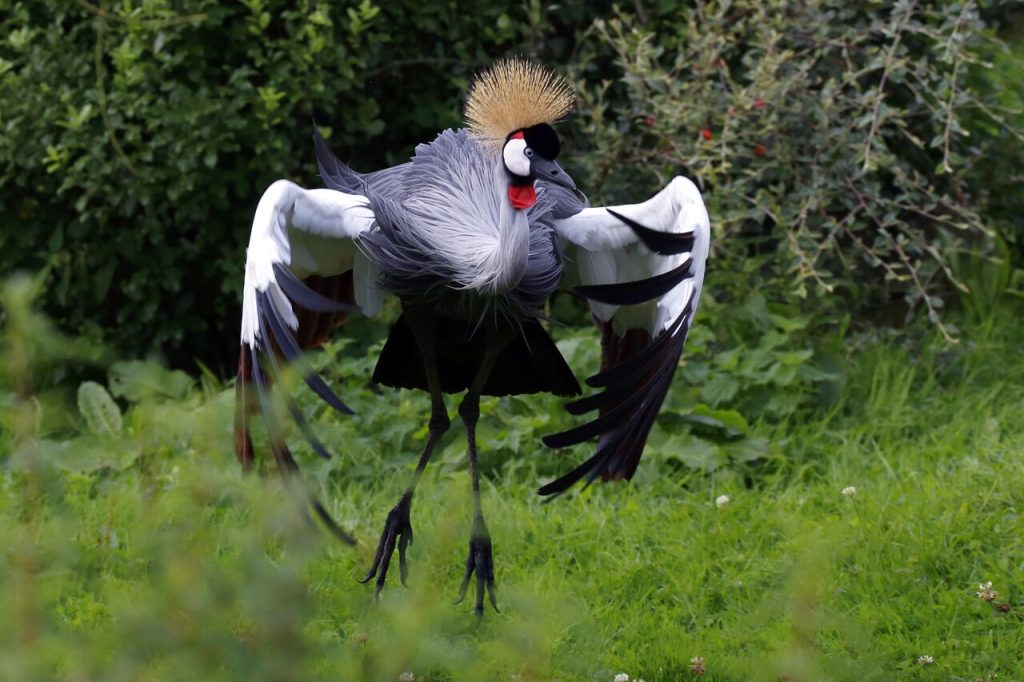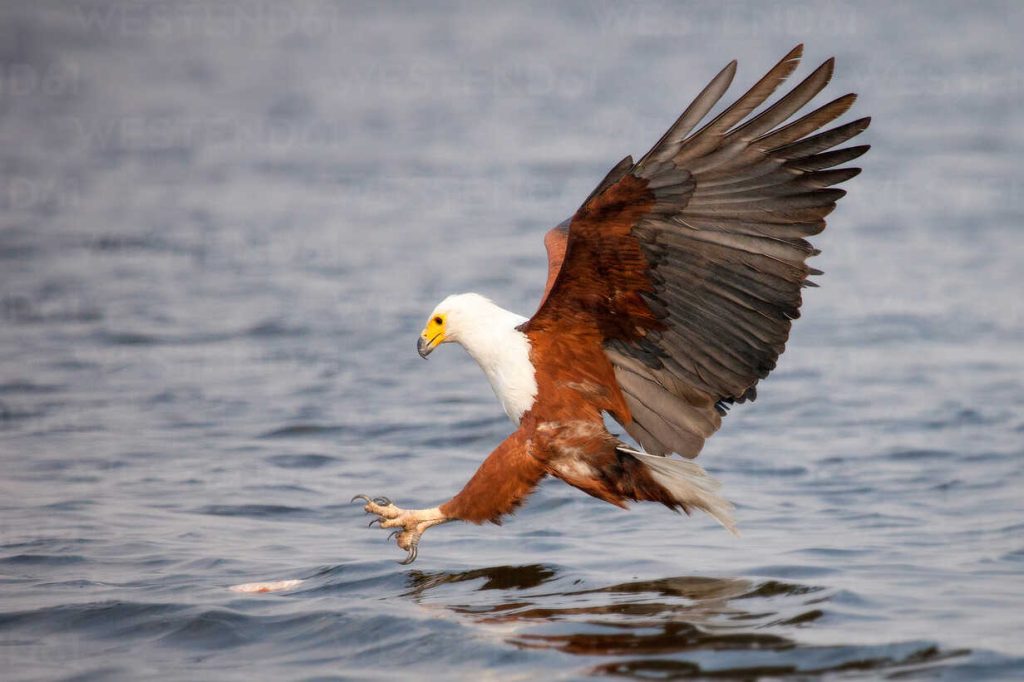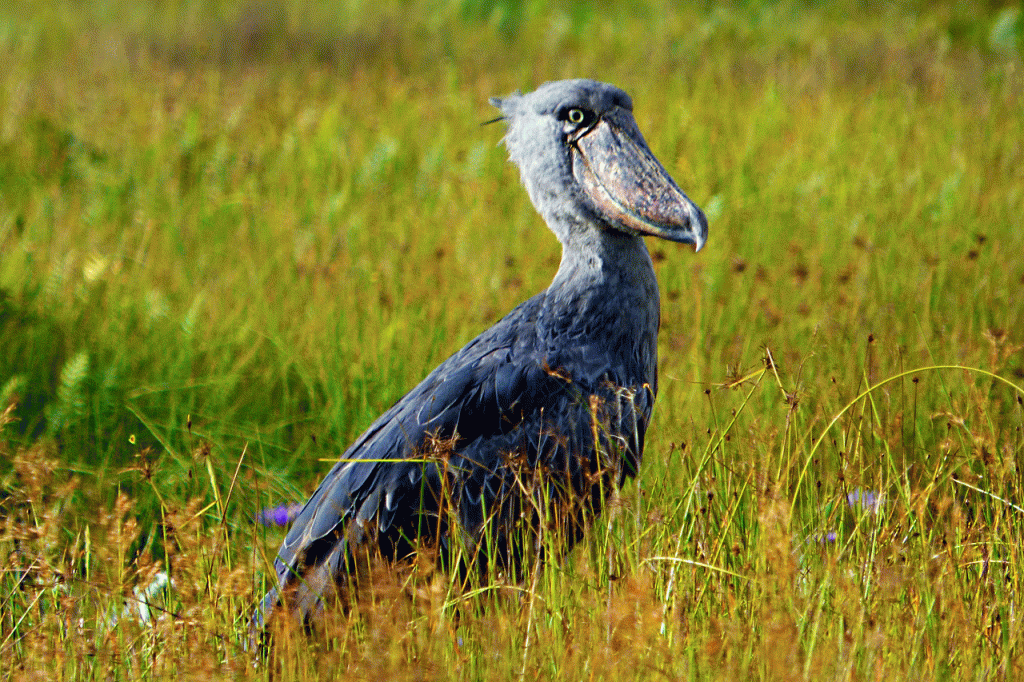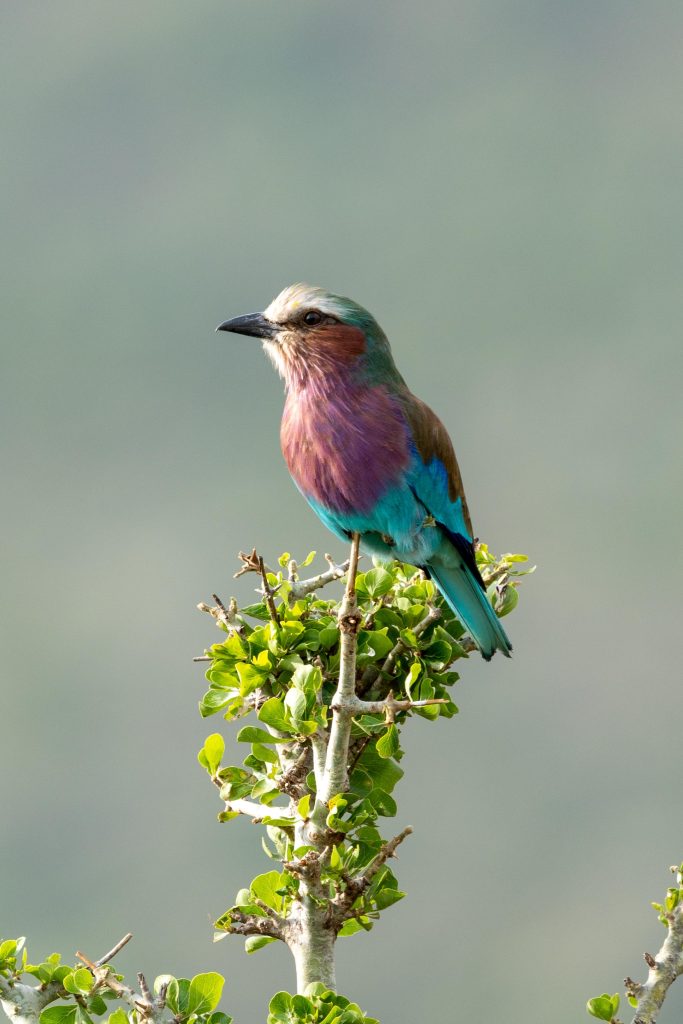Absolutely, birding in East Africa is a captivating experience due to the region’s diverse habitats, which support a wide variety of bird species. Whether you’re exploring the savannas, wetlands, forests, or coastlines, East Africa offers birding opportunities that cater to both beginners and seasoned birdwatchers alike.
Key Birding Destinations in East Africa:
Maasai Mara National Reserve, Kenya
- Known for its spectacular wildlife, Maasai Mara also offers excellent birding opportunities. You can spot a variety of raptors, grassland species, and migratory birds during the wet season.
Serengeti National Park, Tanzania
- Famous for the Great Migration, Serengeti is also rich in birdlife. Look out for ostriches, secretary birds, vultures, and numerous species around waterholes and woodland areas.
Lake Nakuru National Park, Kenya
- Renowned for its flamingo population, Lake Nakuru is a haven for waterfowl, including pelicans, cormorants, and many other species. It’s a paradise for bird photographers.
Lake Manyara National Park, Tanzania
- Known for its diverse ecosystems, from groundwater forests to savannas and marshes. You can find thousands of flamingos, pelicans, and storks along with woodland birds like the crowned crane and various raptors.
Bwindi Impenetrable Forest, Uganda
- Famous for mountain gorillas, Bwindi is also a prime birding destination with over 350 bird species, including 23 Albertine Rift endemics such as the African green broadbill and Shelley’s crimsonwing.
Rwenzori Mountains National Park, Uganda
- Home to several endemic species such as the Rwenzori turaco and Rwenzori batis. Birders can explore montane forests and alpine zones while enjoying breathtaking mountain scenery.
Ngorongoro Crater, Tanzania
- A UNESCO World Heritage site and a unique ecosystem that supports a variety of birds including flamingos, ostriches, and numerous raptors like eagles and falcons.
Tips for Birding in East Africa:
- Local Guides: Hire experienced bird guides who know the best spots and can identify bird calls.
- Binoculars and Field Guides: Essential for spotting and identifying birds from a distance.
- Timing: Early morning and late afternoon are typically the best times for birding when birds are most active.
- Respect Wildlife: Observe birds from a distance to avoid disturbing them or their habitats.
- Pack Essentials: Carry water, sunscreen, insect repellent, and appropriate clothing for varying weather conditions.
Conservation Efforts:
- Protected Areas: National parks and reserves play a crucial role in conserving bird habitats and species.
- Community Involvement: Engaging local communities in sustainable tourism and conservation initiatives.
- Research and Monitoring: Studying bird populations and their habitats to inform conservation strategies.
- Education: Raising awareness about the importance of birds and their conservation among local communities and visitors.
Birding in East Africa offers not only the chance to see a remarkable diversity of species but also to appreciate the interconnectedness of ecosystems and the need for conservation efforts to protect these birds and their habitats for future generations.

Common Bird Species in East Africa:
- Flamingos: Found in alkaline lakes like Nakuru and Manyara, known for their stunning pink plumage.
- Secretary Bird: A striking bird of prey with long legs and a distinctive crest, often seen stalking through savannas.
- Crowned Crane: Uganda’s national bird, known for its regal appearance with a golden crown of feathers.
- Vulturine Guineafowl: Striking blue and white plumage, found in savannas and semi-arid regions.
- African Fish Eagle: Iconic with its distinctive call and white head, often seen near freshwater lakes and rivers.
- Yellow-billed Stork: Large, elegant stork with a yellow bill, commonly found in wetlands and along rivers.
- Lilac-breasted Roller: Vibrantly colored with shades of lilac, blue, and green, known for its aerial acrobatics.



